Today marks 30 years since irrepressible British businessman Richard Noble took back the world land speed record “for Britain”, driving his jet-powered Thrust 2 on Nevada’s Black Rock Desert at 633mph.
Since then, he has masterminded Andy Green’s supersonic record with Thrust SSC and now he and Green want to beat 1000mph in a new jet and rocket-powered car called Bloodhound in South Africa in 2015. Here, he explains how and why he keeps going.
How important is your Thrust 2 experience to the Bloodhound project?
It helps enormously. Thrust 2’s success created huge worldwide interest that created a new, three-way challenge between us, McLaren and the Americans that led to Andy Green taking the supersonic record in Thrust SSC and gave us an even bigger following. Our website became the fifth biggest in the world - bigger than all football and all motorsport. That encouraged us to proceed with Bloodhound.
How did your interest in breaking records start?
It was a childhood dream. I saw John Cobb’s boat, Crusader, break the water record on Loch Ness in 1952 and thought that would be a great thing to do. Years later, I built a car called Thrust 1, which was thoroughly dangerous. I sold it to a scrapyard for £175 and realised I was going to need some decent engineers to make this thing work. About then, I met a terrific engineer called John Ackroyd and we started Thrust 2, on that initial budget of £175.
How did it proceed?
We started Thrust 2 in 1979 and it was a tremendous financial battle. We built it on the Isle of Wight and, for a while, we were so poor we couldn’t afford a phone. John Ackroyd had to talk to our suppliers from a public phone box. It took six years to raise the money and build it. Along the way, we ran the car with no body, setting a British record that still stands. That wasn’t a bad effort: two runs averaging 248mph through a measured mile on a course only 1.9 miles long.
Then you went to Bonneville?
We went first in 1981 and got it all wrong. We tried running solid wheels on the salt and it hammered like hell. But we managed one 500mph run and that showed the car’s potential. Then it rained. Back home, we had tremendous trouble with the City of London. I’d basically insured the desert against rain - and they were refusing to pay out. They gave in just as we were about to tell the world about our problems in a press conference and the £75,000 cheque kept us going.
You set the record at the Black Rock Desert in Nevada, didn’t you?
Yes, but we went back to Bonneville in ’82 first. It rained so much we didn’t even take the car off the trailer. That year we discovered Black Rock, a kind of huge mud flat, where we could lay a very long track. That was where we finally set the record in 1983. The car was brilliant, one of the very few record-breakers ever to achieve its design speed. We built it to do 650mph, and our quickest run was 650.88mph, which led to the record of 633mph.
Were you aware of having to learn as you went?
Oh, sure. When you chase a record like this, it’s an obsession - it has to be - but there’s also a long development process for both car and driver. You improve together, and that creates a bond between you. Before the record, we established a routine of getting up very early, preparing the car and driving it in the early morning, a bit faster every time. Towards the end, our engineers realised the car worked better aerodynamically if we ran during the hotter part of the day. On the day we set the record, the crew knew it was coming, but I didn’t. It seemed like another day.
What did the car handle like?
You’re on a track about 50ft wide, driving by eye with a marker line on your right. Between zero and 300mph, the car’s all over the place, because although Thrust 2 has two tail fins, they don’t really work until around 300, where the car starts to settle. Between 300mph and about 550mph it’s a bit boring - more of the same, but faster. Then towards 600mph you start generating a shock wave off the front of the engine; it looks like a mist surrounding the car and is really something to see. It dawns on you that you’re going pretty fast.
Do you feel in control at that speed?
You do. Remember, you’ve been doing this a lot. Your mental processes speed up so everything happens slowly. You’re actually quite relaxed, and even at 650 you see small details. I remember seeing the tyre tracks the timekeeper’s vehicle had left when it crossed the track earlier.
Then you’re into the measured mile, for a few seconds, and then the fun starts. Slowing these cars down isn’t easy. You’ve overstressed and overheated the engine, so you’ve got to cool it for three seconds - one... two... three - before you shut off the fuel. That seems an eternity.
Then you press the parachute button on the steering wheel. There’s an instant explosion behind and suddenly you’re decelerating at 6g, about 130mph a second. When you get to 400mph, it feels so slow you could get out and walk, but you have to wait for 200mph before you can use the wheel brakes. Then it’s time to get it turned around for the return.
After 30 years, does driving Thrust 2 to the world land speed record still feel real?
It feels very real. This car is part of my family. We’ve had a long haul getting where we are today with Bloodhound, and this is where it began. What’s more, this car and I have been over 600mph together 11 times, and I loved every minute of that. If I had the chance to do it again, I’d grab it. Would I fancy doing 600mph again tomorrow morning? Absolutely. Let’s go...

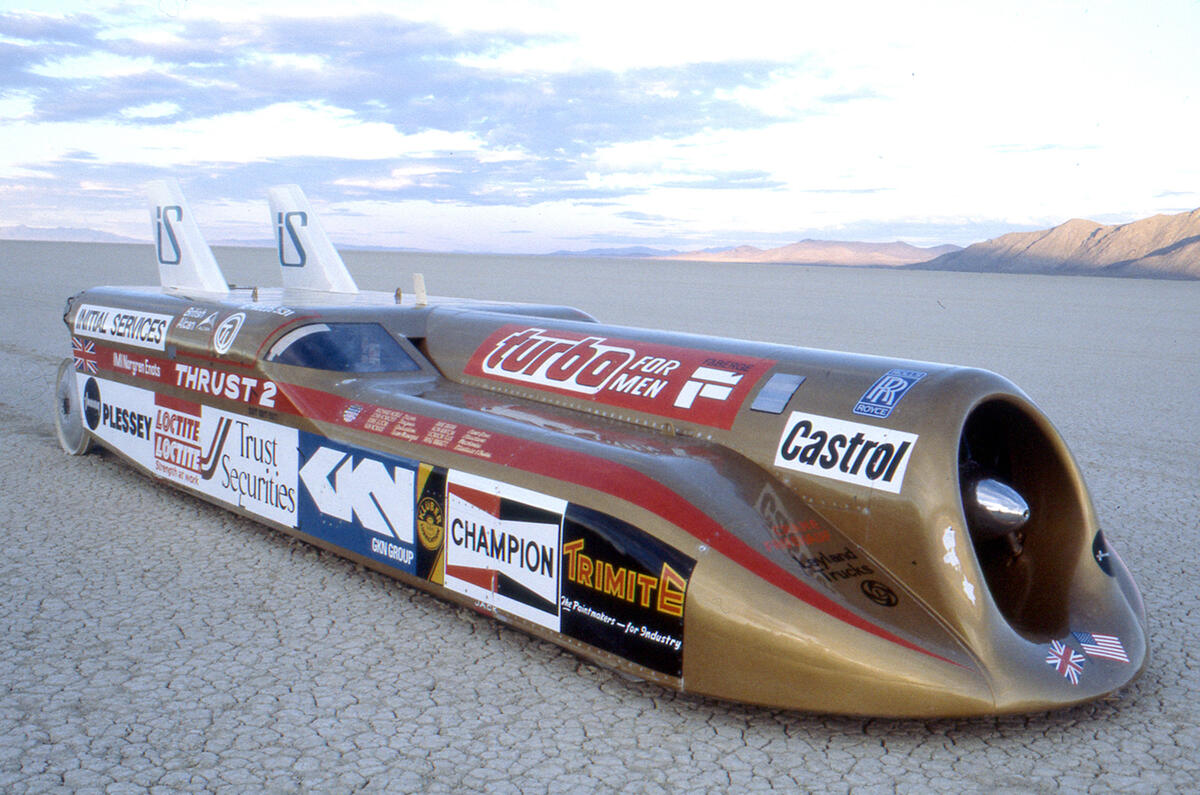
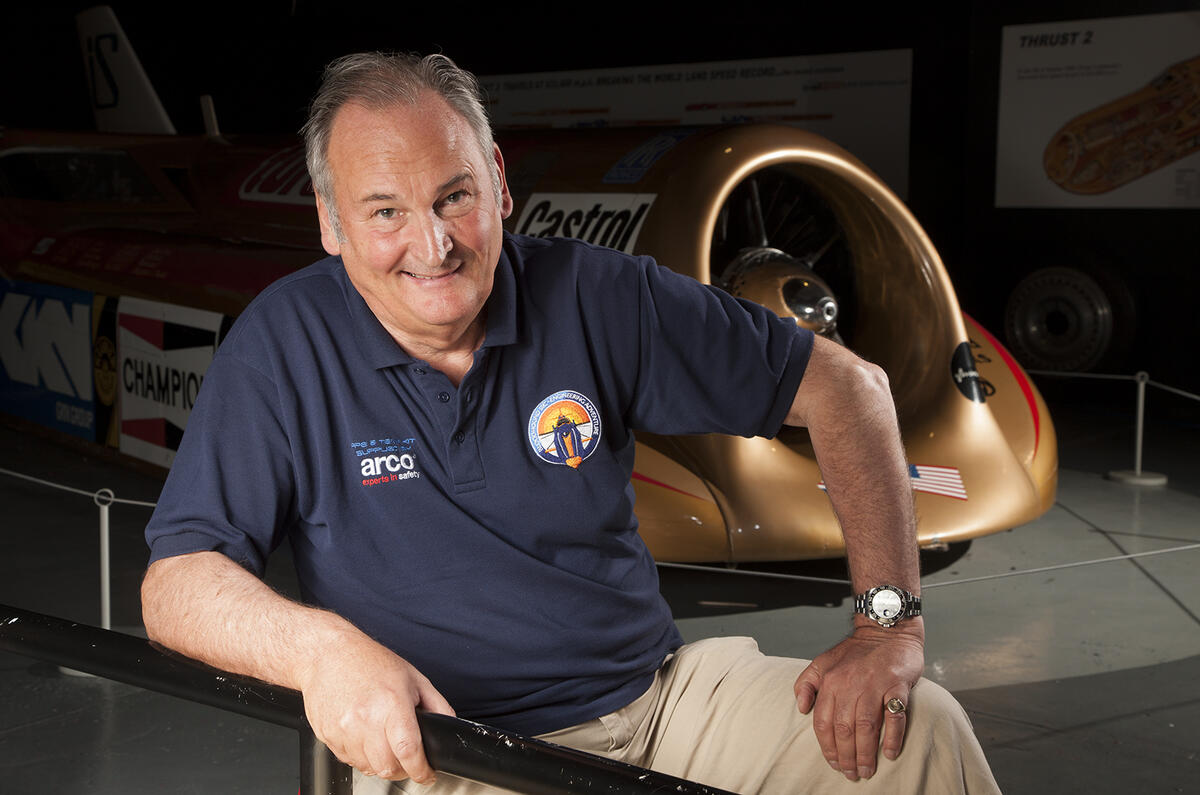
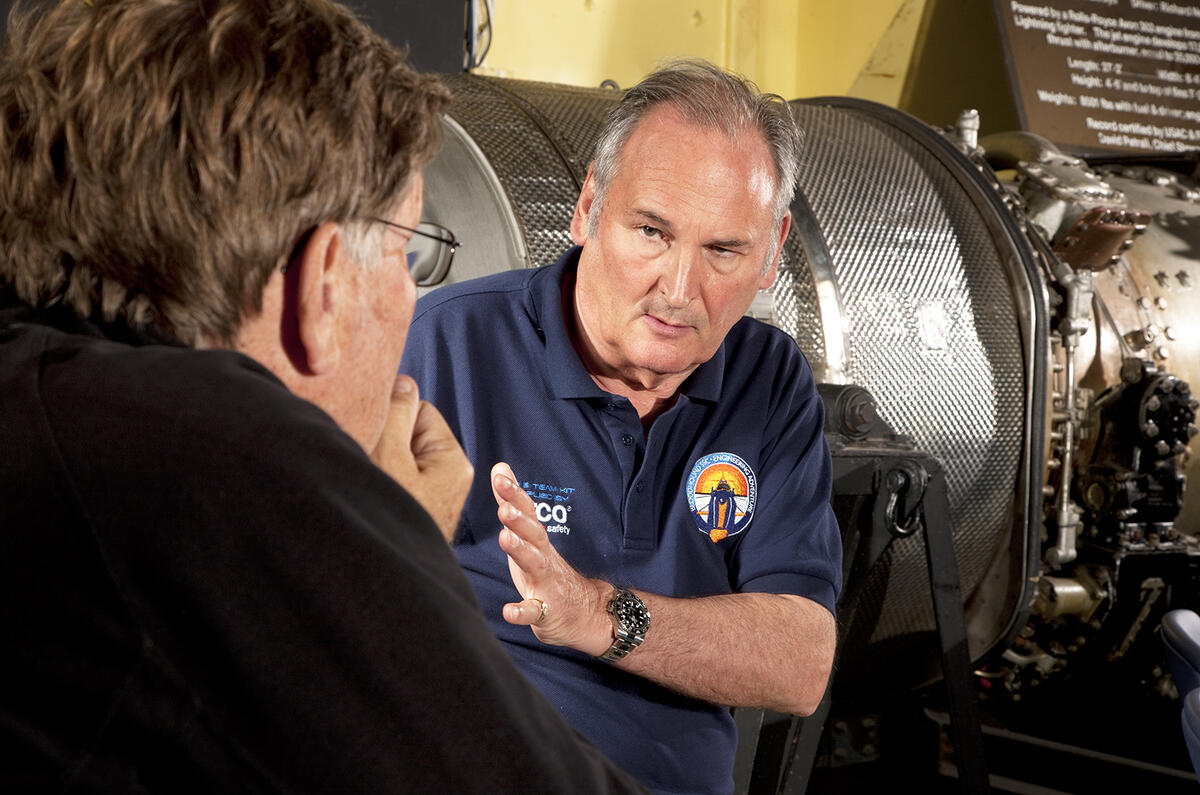


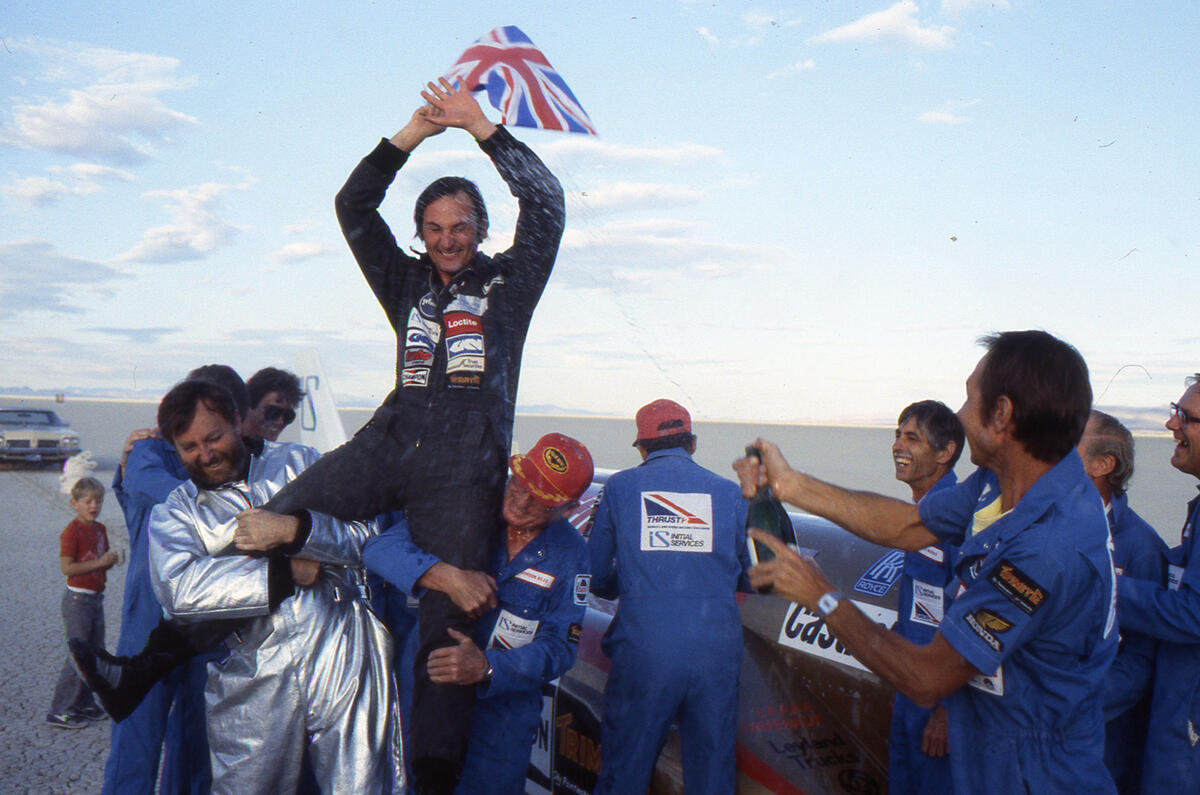
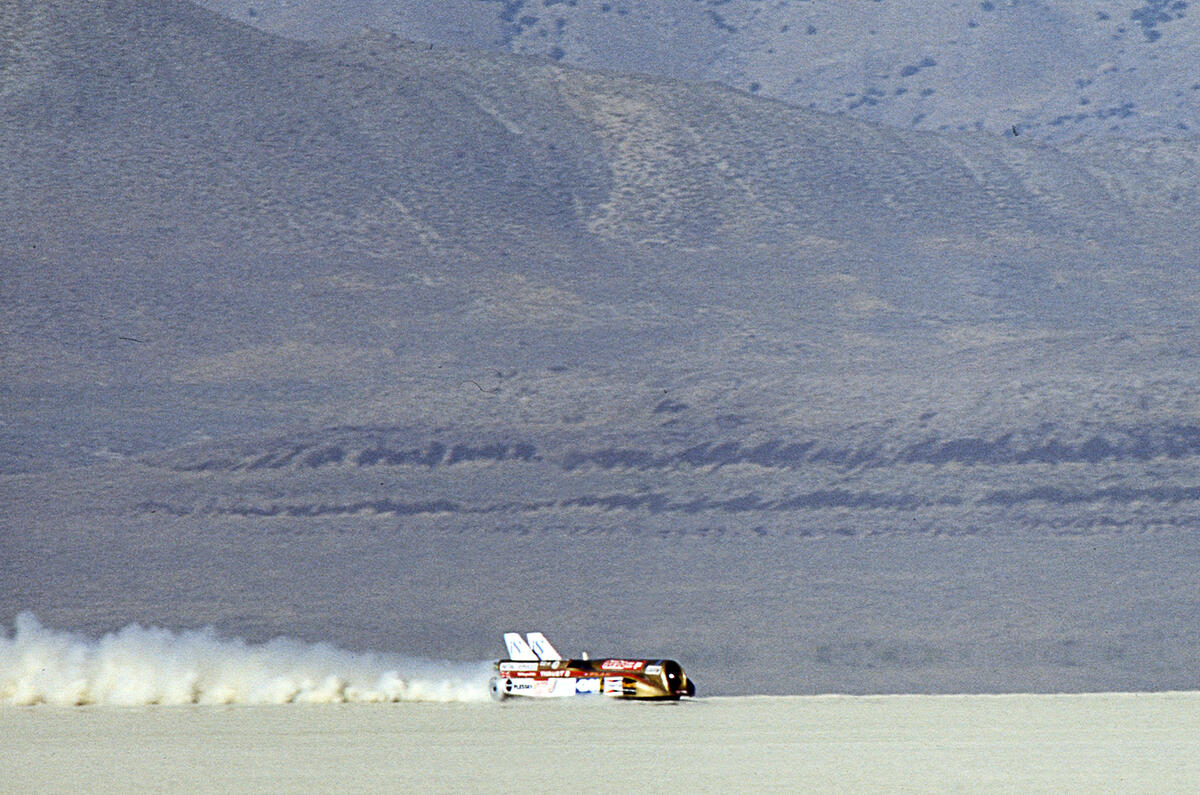


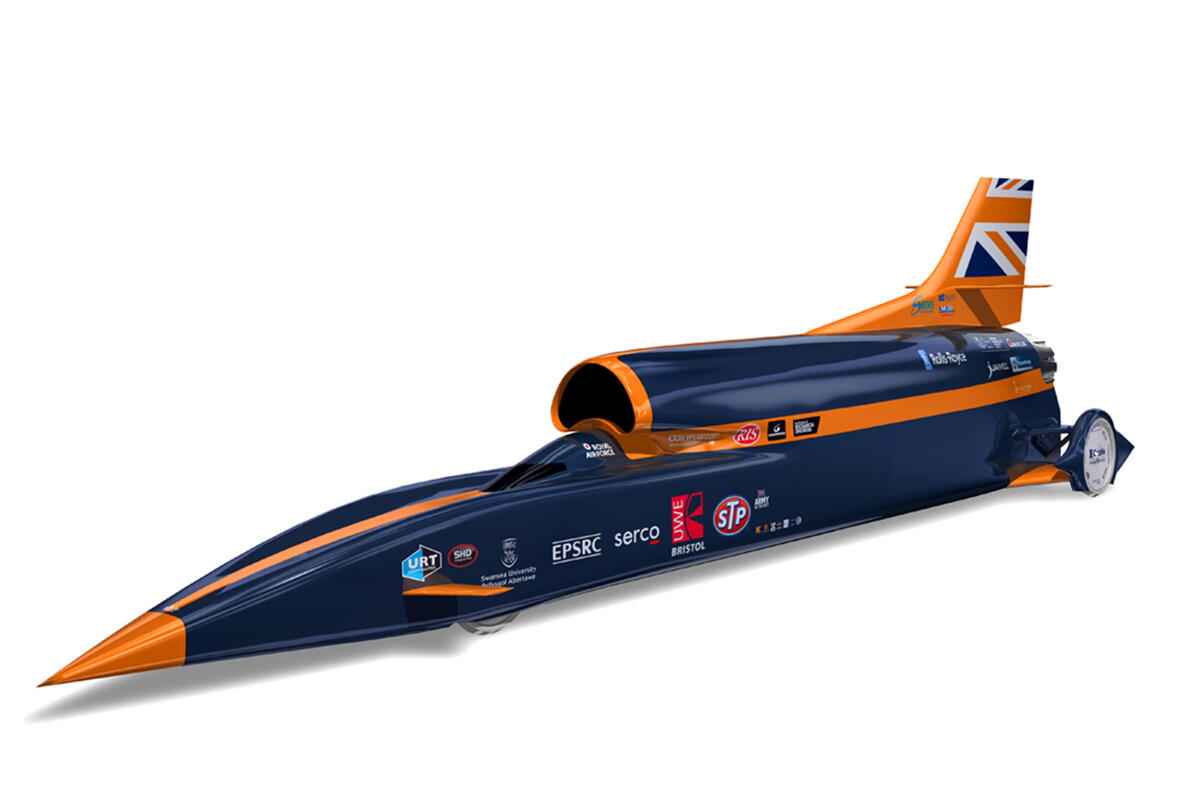
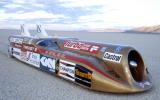
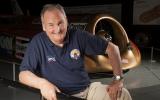
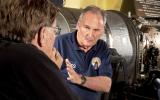
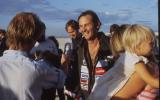

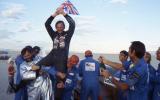
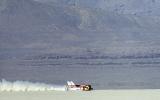

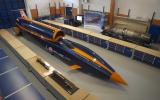
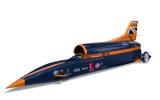






Join the debate
Add your comment
-
I was 6 when Thrust 2 broke the record, I remember watching the grainy footage on Newsround!
I've always been in interested in LSR attempts, the madness of it, but I'm not sure how much relevance they actually have other than the glory. Perhaps the engineering interest generated by Bloodhound justifies it somewhat.
However, the high point for me has a be a lecture I attended given by Ron Ayers. He visited our university in 1998 and gave us full chapter and verse on Thrust SSC. That was inspiring stuff.
Massive respect
Having sat in the Thrust 2 simulator at Coventry Motor Museum a few years ago ( Entry free of charge and well worth a visit if still open) I have the utmost respect for Richard Noble. As to why I was holding my breath and concentrating so hard can only be down to the credibility of the simulator and the respect for the skills required to stay calm at 600+mph as your vehicle starts to drift!
British understatement: alive and well ...
... "between 300 mph and about 550 mph it's a bit boring". Yeah Richard, I can imagine - surprised you didn't nod off!